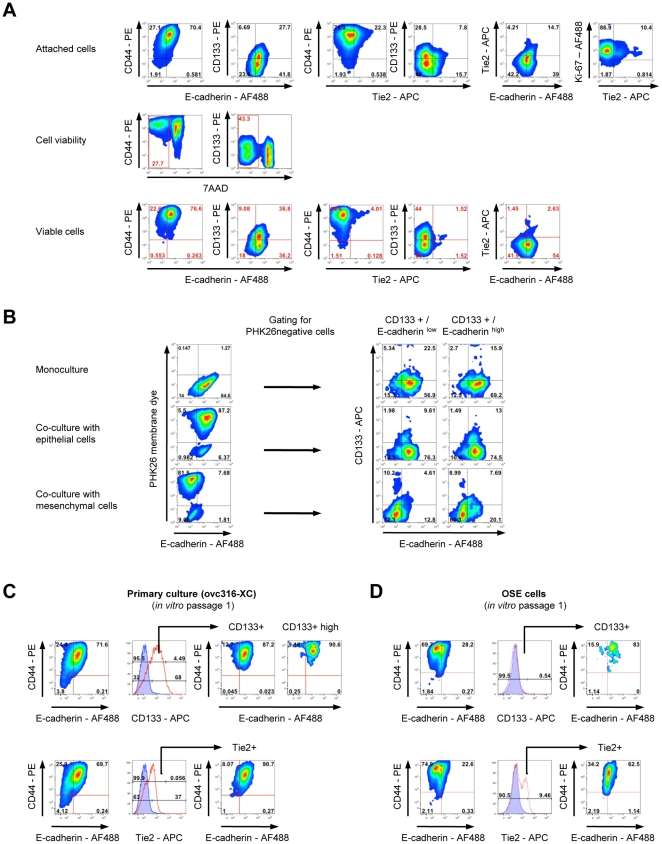Figure 7. Differentiation potential of CD133+ cells.
A) Viability of different subsets. Low passage ovc316-XC cells contain high numbers of CD133+ and Tie2+ cells. Tie2+/CD133+ double positive cells have lower levels of CD133+ than CD133+/Tie2− cells. The vast majority of Tie2+ cells stains positive for the dead cell marker 7-AAD after treatment with versen. Viable cells show higher mean fluorescence of CD44 and CD133. All attached cells are positive for the cell proliferation marker Ki-67. B) CD133+ cells isolated from ovc316-XC tumor xenografts adapt to their environment. When cultured at low cell densities, sorted CD133+/E-cadherinhigh and CD133+/E-cadherinlow cells differentiate into similar cell populations with an epithelial phenotype. When co-cultured with clonal ovc316-XC epithelial or mesenchymal cultures (ratio 1∶10), CD133+ cells differentiate into epithelial or mesenchymal cells, depending on the environment. Cell membrane dye PHK26 was used to discriminate between clonal cells (PHK26 positive) and cells derived from the CD133+ population (PHK26 negative). Cells were cultured for 7 days. C and D). Similarities between primary ovarian cancer cells and normal ovarian surface epithelial cells (OSE). Early passage OSE cells show high similarities with early passage ovarian cancer cultures. OSE cultures are low in E-cadherin and are CD133+. CD133+ cells within OSE and ovarian cancer cultures are enriched in cells positive for E-cadherin and CD44. Tie2+ cells in OSE and ovarian cancer cultures are enriched for E-cadherin and show lower mean fluorescence for CD44 than CD133+ cells.

